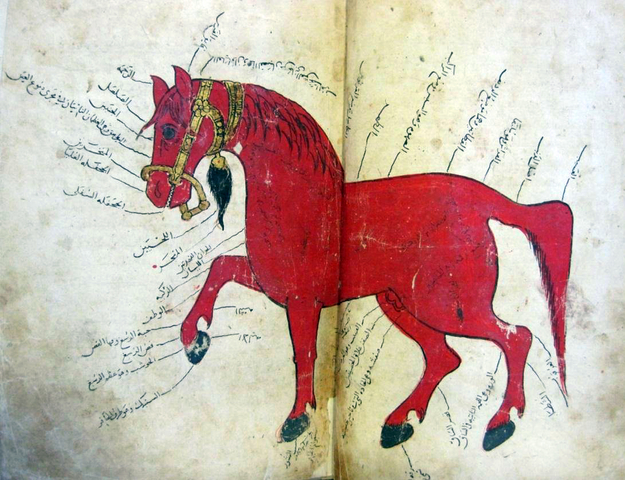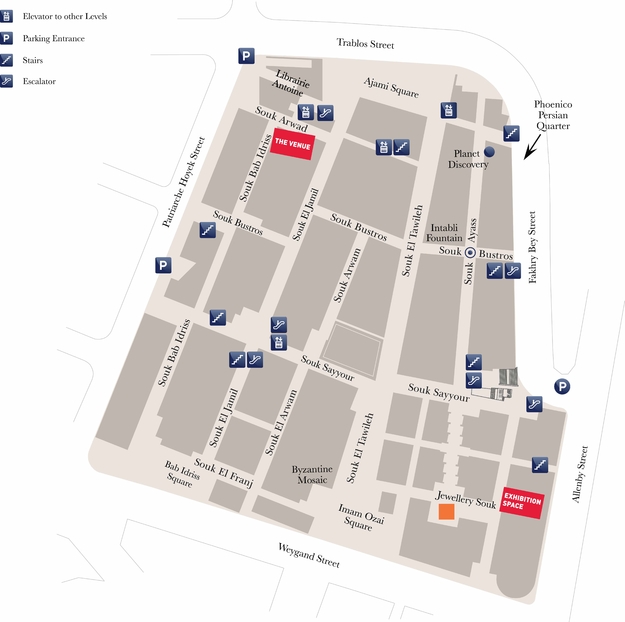The Program
Thursday 16 October 2014, The Venue, Solidere
——3pm – 4.30pm: Karin Scheper, Researcher, Leiden University
Understanding Islamic Bookbinding Techniques: Western Misconceptions and Forgotten Methods
——5.30pm – 7pm: Huda Smitshuijzen-AbiFares, Arabic Typographer and Founding Director of the Khatt Foundation
The Dutch-Arab Collaboration in the Development of Arabic Typography from the 17th Century to the Present
Followed by a panel discussion with Dr Samir Mahmoud (AUB), Dr Yasmine Nachabe Taan (LAU), Yara Khoury Nammour (Mohtaraf & NDU), Lara Balaa (Maajoun).
Friday 17 October 2014, The Beige Gallery
——12 – 2pm: Workshop with Karin Scheper on The Islamic bookbinding tradition: developments in materials and techniques
——3 – 6pm: Workshop with Huda Smitshuijzen-AbiFares, The design of messages and symbols that challenge media perspectives of the Arab World, with focus on Lebanon
Saturday 18 October 2014, The Beige Gallery
——12 – 3pm: Workshop with Huda Smitshuijzen-AbiFares, The design of messages and symbols that challenge media perspectives of the Arab World, with focus on Lebanon
——3 – 5pm: Workshop with Karin Scheper on The Islamic bookbinding tradition: developments in materials and techniques
———
//For more information about the program of the exhibition and the additional activities visit the Netherlands Embassy website at: http://libanon.nlambassade.org.//
To confirm your attendance at the lectures/workshops, please send an email to bei@minbuza.nl before Monday 13 October 2014.
Here below a map of the Beirut Souks highlighting the location of The Venue (for the lectures on Thursday), and the Beige Gallery (for exhibition and workshops) .
———
400 years of Arabic studies at Leiden University : Imposing collections and varied education
Last year Leiden University celebrates its 400th anniversary of the study of Oriental languages and Cultures. It was in the year 1613 that the chair of Arabic was founded, which makes it one of the oldest in Europe. The reasons for studying Arabic were manifold, from an academic interest in the Arabic language and civilization and the need for religious dialogue (and dispute) to the fostering of commercial and diplomatic ties.
This tradition continues in a dynamic department of Middle Eastern Studies with an international scholarly standing. A range of BA and MA programmes address a wide variety of topics both from historical angles and in view of modern developments. This year the University and the City of Leiden celebrate the history and future of the study of Arabic and Middle Eastern Studies in Leiden with a full programme of activities: museum exhibitions, poetry readings, concerts, scholarly meetings and tours.
This longstanding tradition in Oriental Studies is, of course, also reflected in the wealth of the library collections at Leiden University. At present, Leiden University holds c. 4,000 Arabic manuscripts, besides 2,000 manuscripts in Persian and Ottoman Turkish.
The Special Collections of Leiden University
The beauty of Islamic manuscripts is to a large extent defined by the art of calligraphy, miniatures and illumination. These three key-elements also enrich the Islamic manuscripts of the Special Collections of Leiden University. They give evidence of the unity and diversity of decorative patterns in the Islamic world. In order to enjoy the richness of the decorative arts displayed in these manuscripts without having to travel to Leiden, a selection of reproductions of the most beautiful calligraphy, illustrations and illuminations is offered. These aesthetic highlights in reproductions now temporarily return to the cultural context in which they originated. The selection is divided into five themes: calligraphy, depictions of Mecca and Medina and miniatures from scientific works and poetry. The fifth theme focuses on floral and geometric designs: by juxtaposing ornamental highlights from manuscripts to comparable ornament from Islamic architecture, the strong interrelation between the arts is shown.

